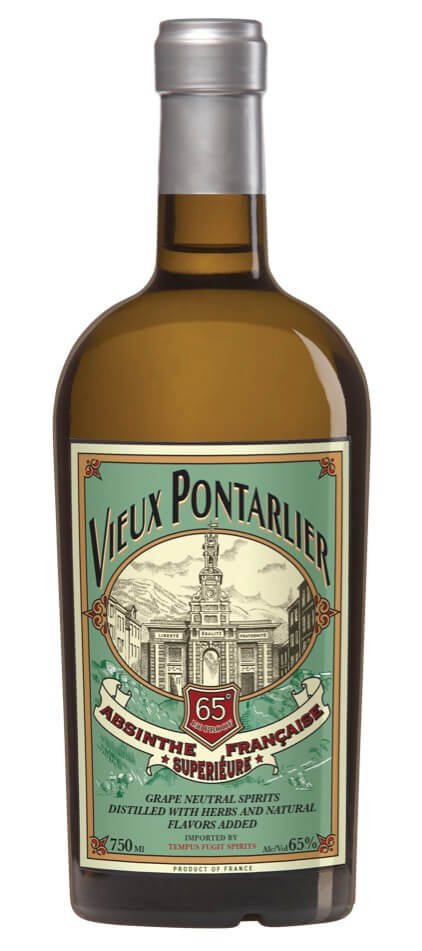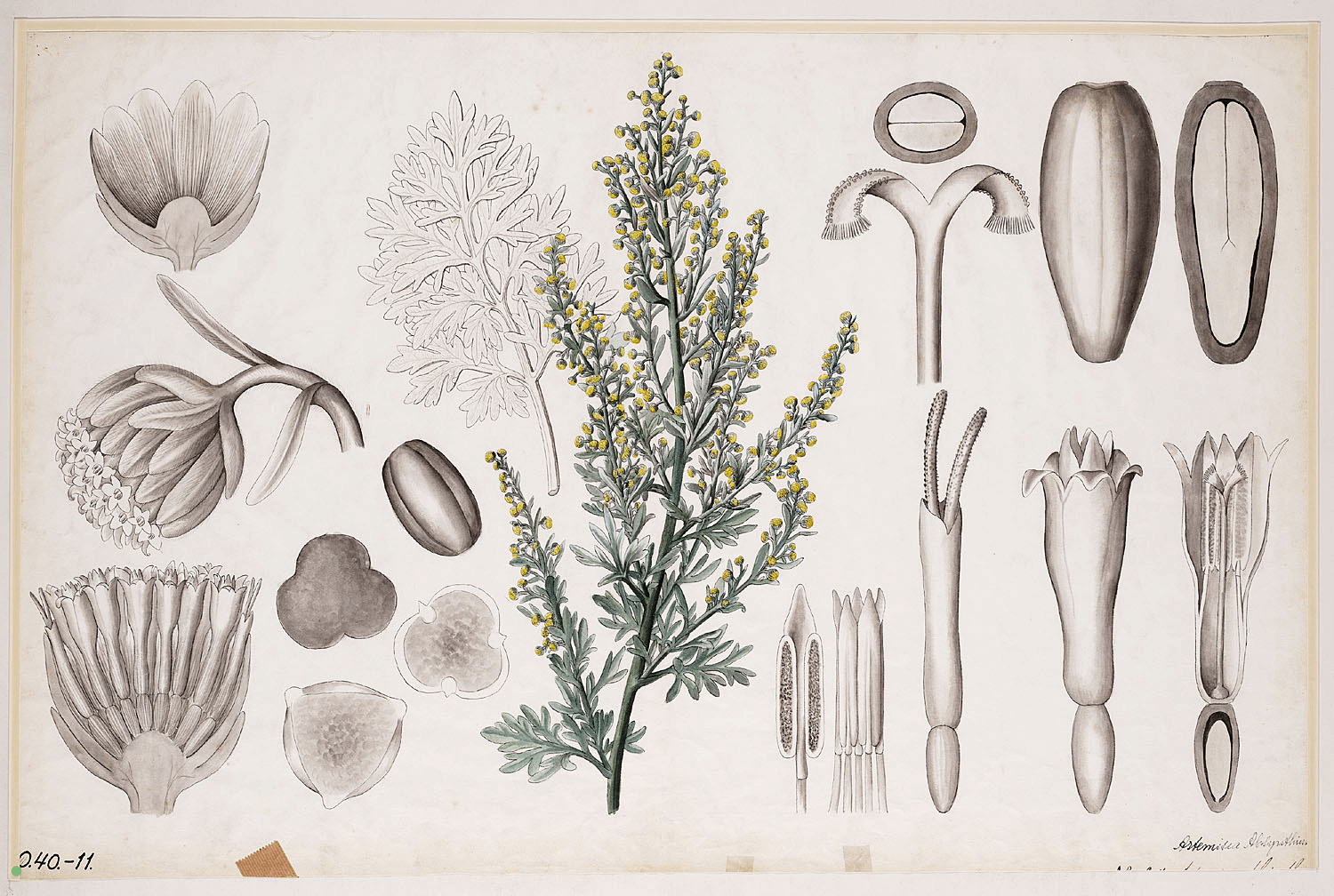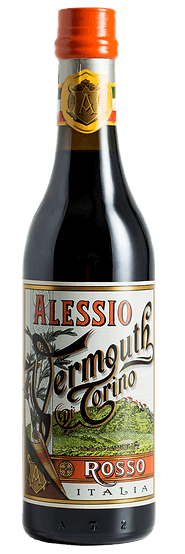Bitter Botanicals: What is Wormwood & Where Do We Find It?
This article is part of a series on some of the bitter botanicals most frequently used in cocktails and spirits and is in anticipation of Camper English’s upcoming book, Doctors and Distillers.
Wormwood is more than that one plant in absinthe that led to it being banned for nearly 100 years. In fact, wormwood isn’t just one plant, but a term used for many plants in the Artemisia species. The type included in absinthe is grand wormwood, Artemisia absinthium, but surprisingly, the herb that gives absinthe its name isn’t the herb that dominates its flavor. The flavor of nearly all absinthes is that of anise, which is imparted by actual anise, star anise, and/or fennel. When absinthe was suspected of causing all sorts of health issues around the turn of the nineteenth century, the French switched to pastis – an anise-flavored liqueur minus the grand wormwood.
Intensely bitter Artemisia absinthium has been used since ancient times in medicines, specifically as a botanical that helps expel intestinal parasites but for other conditions as well. The extreme bitterness of grand wormwood also helps stimulate digestion (in small quantities) and that is why it has made its way into so many aperitif and digestif beverages.
Wormwood plants contain the compound thujone, which is toxic at high doses. Grand wormwood contains a larger amount of it than other wormwoods, but not enough to earn its reputation as a plant that drives people to suffer hallucinations and go insane.
In Europe near the middle of the 1800s, the phylloxera pest destroyed the vineyards of France and other countries, and thus greatly decreased the availability of wine. This pushed many people toward drinking spirits instead, as these could be made from a base of grains rather than grapes. Obviously, spirits have a higher concentration of alcohol than wine, but absinthe is bottled at up to 70 percent ABV compared with 40 percent for most spirits. This huge jump in potency of beverages (even though absinthe is designed to be diluted with water at serving time) impacted the behavior of the people unused to drinking it.
Further, many unscrupulous manufacturers flavored and colored their absinthe with unsafe chemicals to take advantage of the absinthe “craze.” Between the social impacts of alcoholism and poisoning from imitation absinthe, the liquor gained a reputation as being dangerous and was blamed for causing homicidal insanity.
Absinthe was banned in several countries in the early years of the 1900s. Then nearly a hundred years later and with modern scientific testing, absinthe was again allowed to be sold legally as long as the thujone content from the grand wormwood was kept at a low level.
Some other wormwoods used in beverages include Artemisia pontica (Roman wormwood or small wormwood), Artemisia vulgaris (mugwort, or common wormwood), and Artemisia genepi (genepi or genepy, sometimes called mountain sage). These other wormwoods are typically lower in thujone and not quite as bitter than grand wormwood. They are used both to flavor spirits and sometimes to lend their green color to them.
Genepy flavors the category of genepi or genepy liqueurs that are popular apres-ski drinks near the plant’s home in the mountainous Pyrenees and Alps. The monks behind the herbal liqueur Chartreuse have produced a genepy, generally thought to be a simpler version of its signature green product. Dolin, the French vermouth producer, also makes a genepy.
Roman wormwood is often used in vermouth, and in fact the word “vermouth” comes from the German word wermut for wormwood. Vermouth is a fortified wine usually infused with some species of wormwood (it is not legally required in the United States) and other botanicals. Like absinthe, the flavor of wormwood does not dominate vermouth but just provides a subtle structure to the wine.
Beyond absinthe and vermouth, wormwood is also included in bitter liqueurs like Gran Classico and other Campari-type red aperitivos, Ramazzotti, Zucca, and a whole lot of other amari that don’t disclose their ingredients. Brands seem less likely than with gentian, cinchona, and rhubarb to publicly declare wormwood among their ingredients, as the wormwood’s bad reputation persists to this day.
The impact on the palate of grand wormwood is often described as a touch mentholated, onion-y, or camphoric, not in flavor but in the fact that the bitterness feels like it radiates out from where you taste it. It is also described as herbaceous, grassy/weedy, and sometimes floral, though the “fresh” aspects do not come out in all beverages in which it is used. It can have a dry wood bite that I think of as tasting like bitter driftwood, not that I can recall ever sucking on driftwood.
To become familiar with the specific bitterness of wormwood, you probably shouldn’t start with vermouth, as in most brands the flavor is typically quite subtle. Absinthe can also be a challenge in which to single out wormwood due to the dominating anise notes, so if you’re looking to taste it, try to focus on any flavors in absinthe that aren’t anise. There are a few brands of wormwood bitters on the market that feature the flavor of the herb without the anise getting in the way, and I find these to be a great way to single out the flavor and impact of this infamously bitter botanical.





